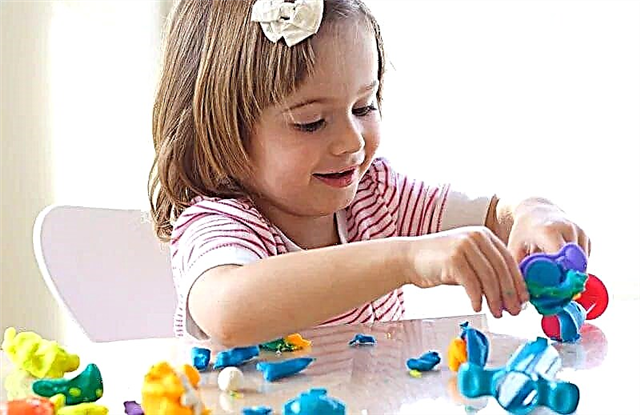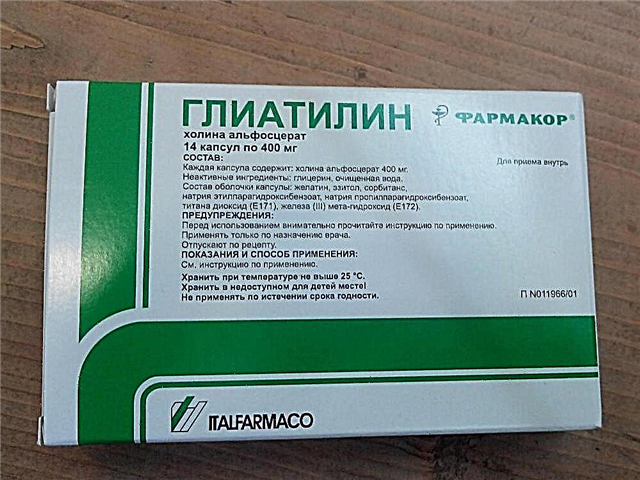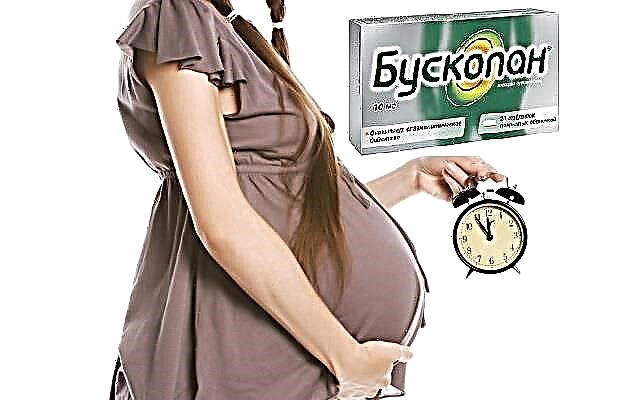Allergy in babies on the face is a common phenomenon in pediatrics, arises from the weakened immunity of the baby. If such a rash is found, it is better for parents to show the child to an allergist. Only he will be able to determine the etiology of the problem and prescribe the appropriate treatment.
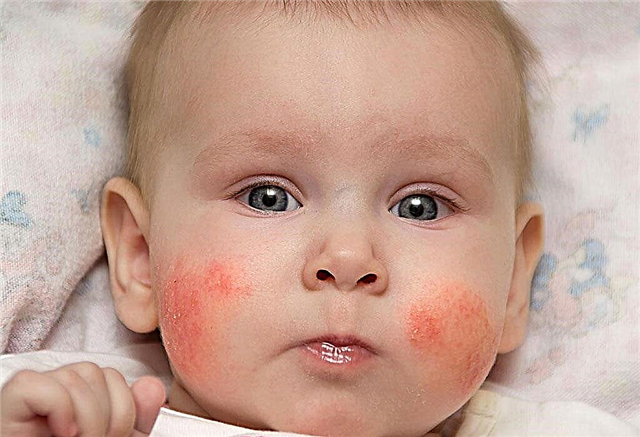
Allergy on the face of a baby during breastfeeding occurs when a nursing mother does not follow a diet
What is allergy
Allergy is a specific reaction of the body, as a result of which the level of immunoglobulins of class E in the blood increases. These proteins combine with the allergen, thus forming an antigen-antibody complex. This compound causes allergic reactions, which manifest themselves in the form of skin rashes, dysfunction of the digestive system, catarrhal phenomena, etc.
Symptoms of the disease
Allergy in a newborn on the face can manifest as follows:
- rash on the skin;
- swelling of the eyelids and mucous membranes;
- runny nose;
- lacrimation;
- sneezing;
- cough;
- spots on the face;
- bronchospasm;
- hives;
- peeling of the skin.
To prevent the development of undesirable consequences for allergies, it is necessary to promptly make the correct diagnosis and prescribe adequate treatment. In the acute course of the disease, there is a risk of the following problems:
- otitis;
- atopic dermatitis;
- chronic rhinitis;
- Quincke's edema;
- bronchospasm;
- eczema;
- bronchial asthma;
- psoriasis;
- anaphylactic shock.
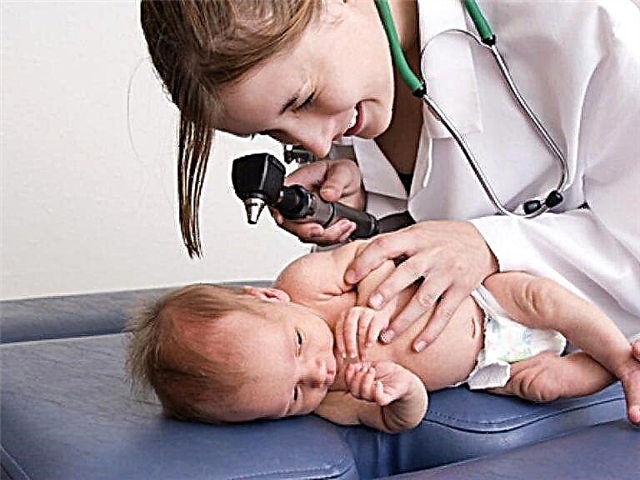
What does an allergy look like in infants on the face, you can find out from your local pediatrician
Council. Doctors recommend feeding a newborn in the first hours of life. Indeed, colostrum contains a huge amount of immunoglobulins, which are necessary for the formation of strong immunity. In addition, colostrum contains bioactive substances that activate intestinal motility.
Differential diagnosis
Most parents confuse an allergy on the cheeks of a baby with other diseases. There is a whole complex of diseases that are manifested in a child by skin rashes:
- infections (rubella, measles, roseola, chickenpox, etc.);
- sweating;
- hormonal imbalance;
- seborrheic dermatitis;
- hyperreactivity of the sebaceous glands;
- hormonal changes.
Infection
When a rash of an infectious nature appears in a child, other symptoms of the disease are always observed: hyperthermia (38-40 ° C), cough, runny nose, drowsiness, lethargy, lethargy, tearfulness, increased anxiety. In this case, you need to consult a doctor (infectious disease specialist or pediatrician).
Sweat
With pruritus, characteristic red dots appear on the baby's body. As a rule, prickly heat is recorded in those places where air access is difficult: neck, armpits, buttocks. On the face, a rash appears in hot weather when the child overheats. You can quickly get rid of unpleasant symptoms, for this you need to maintain an optimal temperature regime in the room and use a wound-healing cream to treat the skin.
Hormone imbalance
This problem is most often seen in infants under 1 month of age. This is due to the increased content of estrogen in the baby's body. Typically, sebaceous gland dysfunction is seen on the chin, cheeks, and neck. There is no need to treat this condition.
Seborrheic dermatitis
It is characterized by peeling of the skin behind the ears. It is best to use oily creams to restore skin structure. If there are difficulties with diagnosis, it is recommended to consult a pediatrician or dermatologist.
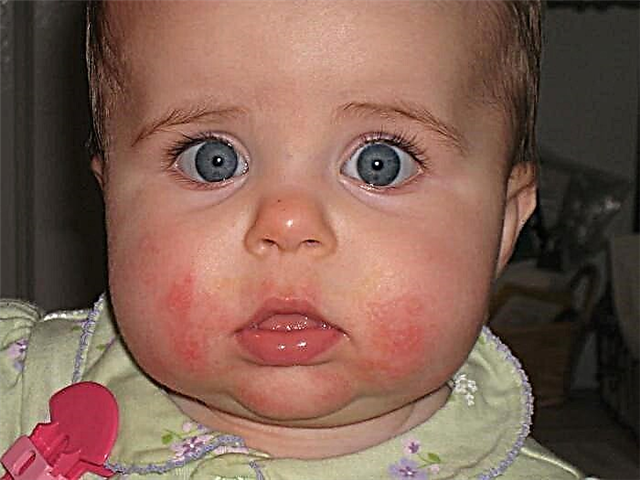
Food allergy on the cheeks of babies is one of the most common phenomena in pediatrics.
What does allergy look like?
Allergies in an infant on the face are usually associated with the following factors:
- food diathesis;
- bad genotype;
- a reaction to medications, household chemicals, dust mites or other allergens;
- artificial feeding;
- sudden changes in the weather;
- insect bites.
Allergy in babies on the face is manifested by a rash, redness of certain areas of the epidermis, peeling of the skin and the possible appearance of crusts. In some babies, there is even swelling of the tissues, bright scarlet spots can spill out all over the body. These neoplasms are itchy, the baby does not sleep well, therefore it becomes restless.
Most often, rashes in infants affect:
- cheekbones;
- forehead;
- cheeks;
- chin;
- scalp;
- the area around the mouth.
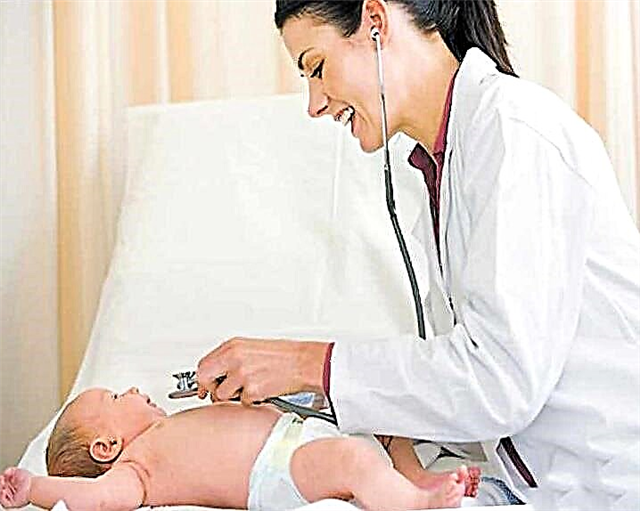
If the baby has an allergy on the cheeks, the doctor will tell you how to treat
Food allergies in babies
An analysis of statistical data showed that red rashes on the cheeks of a child are most often associated with errors in nutrition. The thing is that in one-month-old babies, the digestive system is not yet well developed, therefore, it may respond inadequately to a huge amount of food.
Sometimes when some food gets into the baby's body, it malfunctions. In this case, the immune system begins to react to the allergen only when it re-enters the body, the first time it does not remember it.
You need to understand! The more an allergen enters the body, the more pronounced the symptoms will be.
Nutritionists identify a number of reasons that provoke the development of food allergies in a child:
- the use of milk formulas that contain lactose;
- non-compliance with the diet by the mother while breastfeeding;
- too early transfer of the child to normal food.
If a baby has an allergy in the cheek area associated with individual intolerance to any products, then in this case the only way out is to completely exclude them from the diet. The first clinical manifestations can make themselves felt already after a few minutes or hours after the allergen enters the body.
Note. With food allergies in infants, in addition to rashes on the face, other symptoms may appear: in the form of increased gas production, intestinal cramps, allergic rhinitis and diarrhea.
With artificial feeding
Pediatricians note that most often, allergy in newborns on the face occurs with artificial feeding. Therefore, if for some reason a mother cannot breastfeed her baby, she should be very careful when choosing a milk formula. The thing is that artificial nutrition for babies is made on the basis of cow's milk, therefore casein and lactose are present in its composition. Since newborn babies have not yet fully developed digestive system and metabolism, they may have certain problems with their absorption. As a result, children develop food allergies.
If a baby is allergic to formula milk, then the following symptoms may appear:
- frequent belching;
- flatulence;
- hyperemia of the skin of the face;
- loose stools;
- intestinal colic;
- hyperthermia (observed in extremely rare cases);
- vomiting;
- loss of appetite;
- constipation.
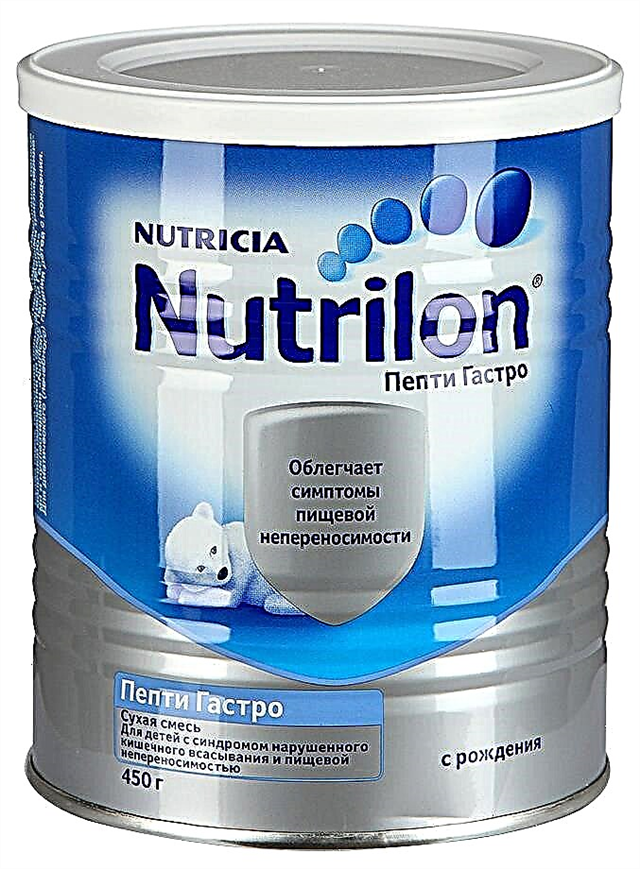
Nutrilon - high quality breast milk substitute
Recommended foods for mom
To prevent the development of allergic reactions, the mother must carefully monitor her diet. To achieve the desired result, before using a particular diet, a woman in labor should consult with an allergist, immunologist, pediatrician.
The following list of products should be removed from the mother's diet:
- eggs;
- mushrooms;
- seafood;
- cereals;
- coffee;
- nuts;
- honey;
- hot spices;
- sweets;
- marinades;
- yellow and red vegetables and fruits.
Council. In addition to nutrition, doctors also recommend revising the list of household chemicals used, as well as hygiene products for caring for a child.
According to nutritionists, with proper nutrition, the likelihood of developing allergic reactions is reduced to zero. Experts in this field advise nursing mothers to include the following foods in their diet:
- dietary meat;
- dairy products;
- white and green fruits and vegetables, fresh or boiled;
- cereals;
- olive oil.
Effective therapy methods
Allergy in one-year-old infants, in the absence of competent therapeutic actions, can become chronic. Unfortunately, not all parents follow the clear instructions of the doctor. Refusal of medication only aggravates the already difficult situation. Signs of allergic reactions can only be stopped with antihistamines.
Drug therapy
Before treating a baby for allergies, you need to establish the etiology of the disease. Medicines do not cure, but only eliminate the symptoms of the disease. Some of them act as allergens themselves. When detecting allergic reactions in a child, doctors most often prescribe the following groups of pharmacological agents:
- Antihistamines are a huge group of medicines that help to cope with the symptoms of the disease. Today there are 3 generations of antihistamines. For the treatment of infants, allergists most often prescribe drugs of the 2nd and 3rd generations (Astemizole, Akrivastin, Terfenadine, Ebastin, Desloratadin, Telfast, Cetirizine, Fexofenadine). They have fewer side effects and no sedation.
- Sorbents are harmless medicines for the child's body. They help cleanse the body of toxins. This group of medicines also helps a child cope with constipation. Sorbents (Polysorb, Enterosgel, Polyphepan, Smecta, Lactofiltrum, Enterodes) can also be prescribed to a nursing mother who has digestive problems.
- Non-hormonal ointments. These agents have antimicrobial, anti-inflammatory and healing effects. They help relieve itching and swelling of the skin.
- Corticosteroids. They are prescribed only when the skin rashes intensify, and other drugs do not help. This group of medicines gives a quick therapeutic effect, it is strictly forbidden to use without the appointment of an allergist or therapist.
Traditional medicine
Alternative methods for allergies on the face allow you to delicately help the child. Such medicines are good for getting rid of flaking, itching, redness, irritation and a feeling of tightness of the skin.
Chamomile
Chamomile infusion is one of the most popular remedies that helps to get rid of allergies in babies. It has a sedative, antiseptic, anti-inflammatory effect. To prepare the medicine, you need two tbsp. l. pour chamomile flowers with a glass of water and boil. After cooling, the infusion is ready for external use. The child needs to smear the face several times a day.
Nettle
Very good anti-allergenic agent. When taken orally, nettle has a tonic effect, increases immunity and normalizes metabolic processes. To eliminate itching and rash, you can use nettle with honey. 300 ml of freshly squeezed juice of the plant is mixed with 500 g of bee honey. Take 5 g after meals, 3 times a day.
Remember! Honey is able to provoke the development of allergic reactions in the baby's body.
Succession
A decoction of this plant can be taken orally or treated with inflamed areas of the skin. Sequential baths are able to eliminate even the most severe itching, flushing and rashes. With the systematic implementation of procedures, you can get rid of the signs of the disease. To prepare the medicine, you need 2 tbsp. brew herbs 1 tbsp. boiling water and let it brew for 10 minutes. on a steam bath. The finished product is added to the bath at the rate of 1 liter per 40 liters of water. Concentrated broth can be used to anoint skin rashes. You need to do such manipulations several times a day.
Elimination of provoking factors
There are a lot of factors provoking the development of allergies, if you eliminate their effect on the body, then you can forget about the symptoms of the disease once and for all.
Nutrition
Most often, food products provoke allergies. Allergic reactions in a child can be observed with artificial feeding, mixed food, and even with hepatitis B. The main allergen for breastfeeding is mother's milk, for artificial - milk sugar, mixed - soy.
Mother's nutrition
With lactase deficiency in a baby, the mother is forbidden to consume whole milk. If you are allergic to gluten, baked goods, barley, oatmeal and semolina should be excluded from the mother's diet.
Early complementary foods
If 5-month-old children have allergies with HS or artificial feeding, then you should not rush to introduce complementary foods into the baby's diet. Allergists recommend introducing foods into the diet from 7 months. You need to start with gluten-free cereals, hypoallergenic purees, and fermented milk products. From 9 months you can start giving your child low-fat and hypoallergenic meats. The feeding scheme is provided in the table below.
Features of the introduction of complementary foods in the child's diet
| Product name | Start of introduction (months) | Feeding rate by 12 months |
|---|---|---|
| Vegetable oil | 6 | 1 tsp |
| Vegetable puree | 6 | 100-200 g. |
| Porridge | 6,5-7 | 100-200 g. |
| Butter | 7 | 10-20 g. |
| Fruit puree | 7-8 | 100-200 g. |
| Meat puree | 8 | 50-80 g. |
| Egg yolk | 8 | ½ yolk |
| Baby cookies | 9-10 | 1 piece |
| Dairy products | 9-10 | 100-200 g. |
| Offal | 9-10 | 50-100 g. |
| A fish | 10 | 150-200 g. |
| Berry puree | 12 | 100-150 g. |
| Natural juices | 12 | 50-100 ml |
Water scarcity
With a lack of fluid in the baby's body, toxins are not excreted in the urine, but absorbed into the blood. Metabolic products provoke the development of allergic reactions. If the child often sweats and drinks little, the problem is aggravated.
Substandard toys
It is important that all toys are made from high quality, hypoallergenic materials. If a child has an allergy, doctors recommend removing all soft toys, as they absorb household dust well.
Hygiene products
All baby skin care products must be certified. For washing children's clothes, towels, bed linen, you need to use a hypoallergenic powder. Children's clothing should be made from natural materials: linen or cotton.
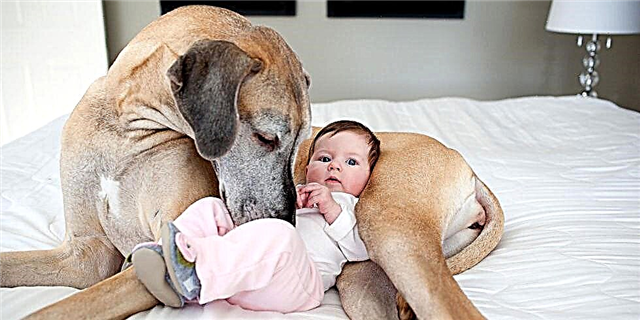
Often, the etiology of allergies in a child is associated with pets.
How does allergy in newborns go?
Many nursing mothers are worried about when the baby's food allergies go away. The lesion of the skin appears within 1-2 hours after contact with the allergen. The intestine reacts within 2 days after consuming the product. If the allergen is identified and eliminated from the diet in time, the rash and spots will disappear in a few hours. The symptoms associated with the work of the digestive system will not go away immediately. As a rule, the consequences will bother the baby for another 2-3 weeks.
In the presence of allergic reactions in a child, you need to be very careful when choosing medicines, since many of them have a number of contraindications. Only a qualified specialist can cure an allergy in a baby.

